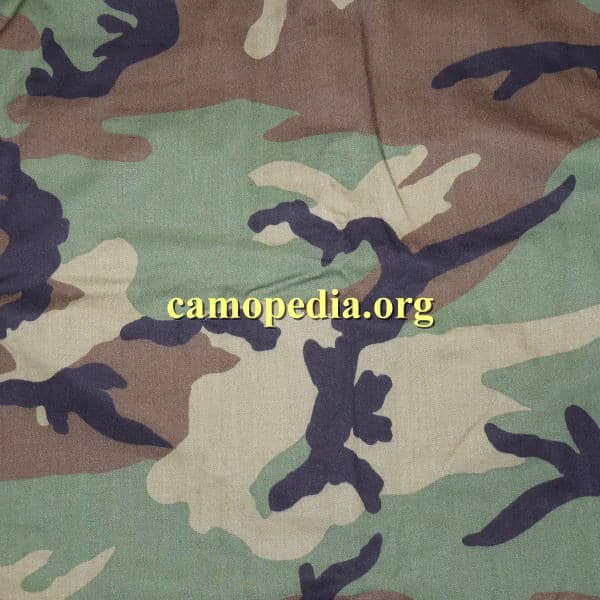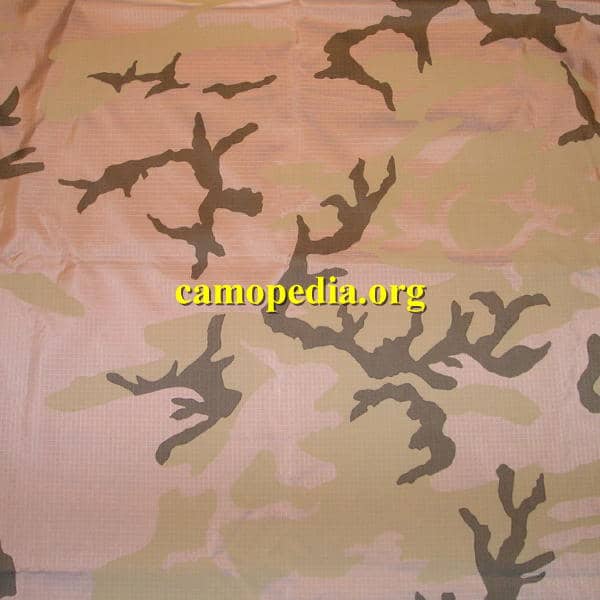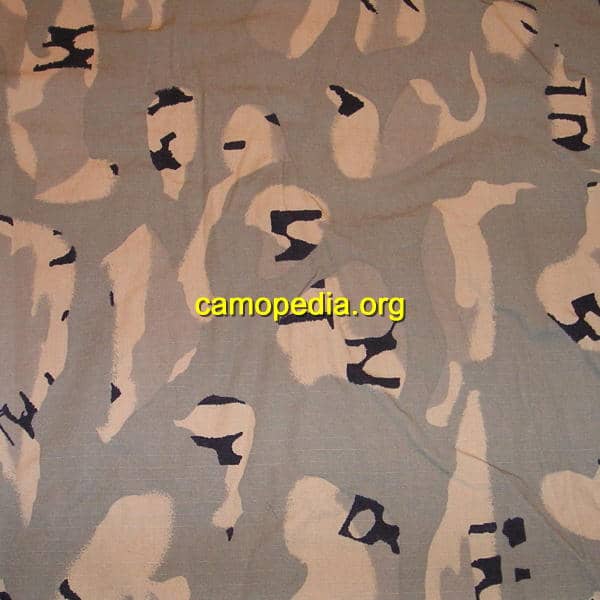Camouflage pattern m81 US Woodland
Exactly in 1981, the American army began large-scale production of a truly modified version of the second-generation ERDL pattern successor known as “Woodland Camouflage.” This retained roughly the same color scheme (i.e., light green, dark green, brown, and dark), with a 60% enlargement of its elements compared to the original ERDL design. The "m81 Woodland Camouflage" type was initially adopted as the standard combat and everyday clothing for the regular US Army (including the USMC section) and by the late 1980s was followed by the rest of the army. This version of the camouflage pattern was produced in various types of uniforms, hats, field gear, protective clothing, … Uniforms and other items that can be worn have been made over time (since their adoption by the US army) from several types of fabrics/fibers, including the original 50/50 Nylon/Cotton (targeted, by the way, for moderate climates). There was also a version made from 100% rip-stop cotton. Furthermore, flame-resistant fibers from aramid, nylon for field deployment, and finally, an improved ripstop version for BDU with 50% cotton and 50% Nylon were developed.
The "m81 US Woodland" camouflage pattern is still one of the most frequently copied and duplicated types ever created in this field. It is still used around the world, again by various armies or local units in some of its forms.


In the 1980s, the USA (US Army Special Forces) briefly tested this three-color type (black, light yellow, all on white) as an arctic/snow camouflage sample based on the above-introduced “m81 woodland” type camouflage, but it was never really adopted into service. If the US army had to deploy its units somewhere in the snow, it used the standard white overall.

Over the years, the US army (specifically between 2001 and 2002) tested several other camouflage patterns. If it turned out that any were better than the m81 Woodland or the three-color desert type, why not replace them, no matter how legendary they were, right?
The range of these tested candidates for potential replacement included proposals referred to as "general/overall bush," "shadow lines," "tracks," with each considered in terms of potential practicality and use in the desert, wooded terrain, built human landscape + combinations like forest and construction, desert and construction, etc. This is also the time when Natick started developing a new era combat uniform based on designs directly from soldiers with field experience. This conceptual uniform would eventually be named “Close Combat Uniform” / “CCU,” but it was later adopted as the Army Combat Uniform. Of all those types tested by the US Army, only “Urban Tracks” reached the production stage. A few hundred examples of this uniform were produced for testing by the Stryker Brigades between 2003 – 2004, but this camouflage pattern ultimately also failed and was replaced by the Universal Camouflage Pattern from ACU.







































































































































